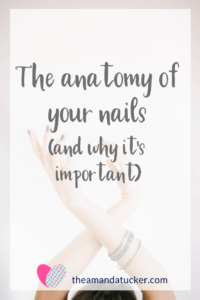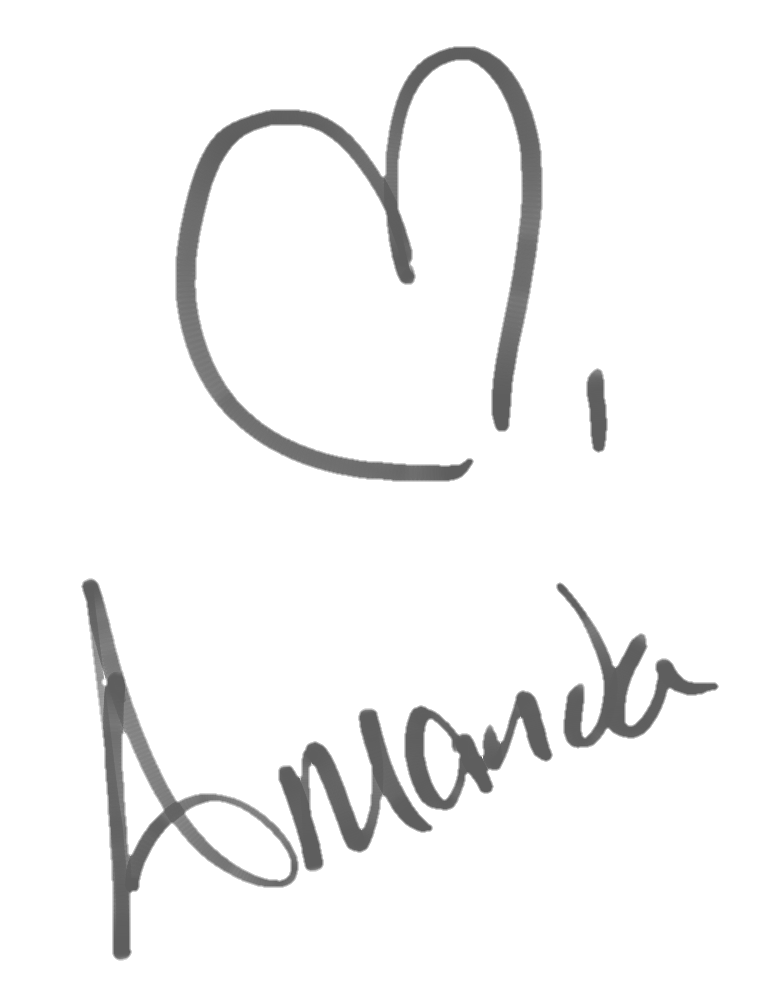What are the different parts of your nails and what do they have to do with anything? Well, I’m here to tell you friends.
Parts
– The nail plate is your actual nail and is made of keratin, a protein.
– Underneath the nail plate is where you will find the nail bed.
– The nail matrix is where the nail plate beings to form, where the new cells grow.
– The proximal fold is where your nail meets that fold of skin most people incorrectly call the “cuticle.” This skin dries out easily and people tend to clip it. Stop! Don’t! The proximal nail fold is what protects the nail matrix from germs and bacteria!
– The cuticle is the bit of dead tissue (skin) on top of the nail plate coming from proximal fold. This can be gently scraped away or pushed back. GENTLY.
– The white tip of the nail plate is the free edge.
More about the nail matrix
The most important part is the nail matrix because this is where your nails start to grow. The nail matrix has 3 parts. The proximal section is the third of the nail matrix closest to the finger joint. The second part is between the proximal portion and the distal section. The distal section is the only part of the nail matrix that is visible – it is the white moon shape bit at the base of your nails. This part is not visible on everyone’s nails. The 1st part, the proximal part, is what makes the top 1/3 of the nail plate. If something is wrong in that area, it will show on the surface of your nails. You may notice white spots on your nails at times. This happens if there’s been an injury to the middle part of the matrix, where the middle layers of your nails are made. Next, if the distal part of the matrix has damage, it will affect the bottom of your nails. This can interfere with how the nail plate attaches to the skin under the nail and can cause separation.
Damages
Like I mentioned above, damage to the nail matrix will show in your nails. You can damage the matrix by pushing your cuticle back too hard or too much. You want to use a cuticle oil to keep the cuticle (and your nails!) moisturized and healthy. I like to wash my hands, then apply cuticle oil. After a bit, I push them back gently with an orange stick or rubber cuticle pusher.
Side note: If you’re applying Color Street nail strips, don’t apply lotions or cuticle oil for a couple of hours before and after application.
Repairs to your nail matrix or nail bed are possible after injury and your nail could return to normal. Some injuries may cause a nail deformity. This is likely to happen if the distal section of the nail bed has an injury. It can take as little as 3 months or as long as 6 months for a nail to grow from the cuticle to the tip of your finger. Seek medical advice for any injury concerns. Of course, incorrect cuticle care isn’t the only thing that can damage your nails. One of mine hasn’t been quite right since the tip of that finger was slammed in a car door over 20 years ago. Also, I have nail problems when my eczema (I have pompholyx aka dyshidrotic eczema – Google at your own risk, mine is nowhere near like 98% of the images you will find on the Google) is bad.

Take care of your nails & keep being awesome!

Need general shenanigans or want to talk nails? Join my Facebook group!

One thought on “Anatomy of your nails”
Comments are closed.